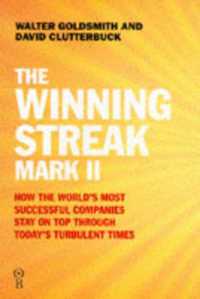Full Description
The authors outline the topic of visuality in the 21st century in a trans- and interdisciplinary theoretical frame from philosophy through communication theory, rhetoric and linguistics to pedagogy. As some scholars of visual communication state, there is a significant link between the downgrading of visual sense making and a dominantly linguistic view of cognition. According to the concept of linguistic turn, everything has its meaning because we attribute meaning to it through language. Our entire world is set in language, and language is the model of human activities. This volume questions the approach in the imagery debate.
Contents
Contents: Ágnes Veszelszki: Preface - Kristóf Nyíri: Towards a Theory of Common-Sense Realism - Sybille Krämer: Truth in Testimony: Or can a documentary film 'bear witness'? Some reflections on the difference between discursive and existential truth - Valeria Giardino: Space and Action to Reason: from Gesture to Mathematics - Daniel L. Golden: Visual management of time - Javier E. Carreño: Husserl on the Right Timing of Depictions - Petra Aczél: Rediscovering the Visual in Rhetorical Tradition: Persuasion as Visionary in Suasory Discourse - Timothy Barney: The Rhetorical Lives of (Cold War) Maps - Orsolya Tünde Endrődy-Nagy: Paintings and Illuminated Manuscripts as Sources of the History of Childhood: Conceptions of Childhood in the Renaissance - Krisztina Szabó: Digital and Visual Literacy: The Role of Visuality in Contemporary Online Reading - Gergely Havasmezői: Images in the Hungarian Online News - Trischa Goodnow: The Selfie Moment: The Rhetorical Implications of Digital Self Portraiture for Culture - James E. Katz and Elizabeth Thomas Crocker: Selfies as interpersonal communication - Ágnes Veszelszki: #time, #truth, #tradition. An image-text relationship on Instagram: photo and hashtag - Matthew Crippen: Dewey on Arts, Sciences and Greek Philosophy - András Benedek: SysBook as a Visual








